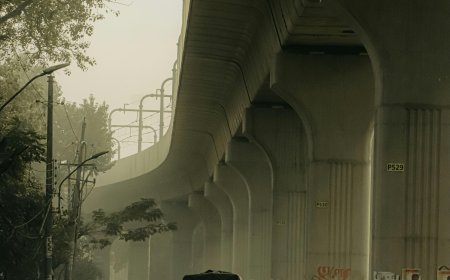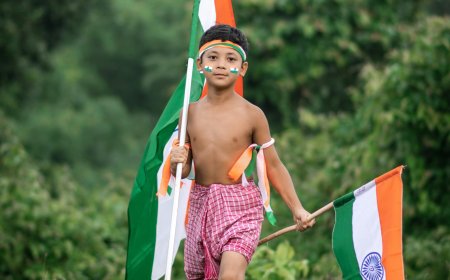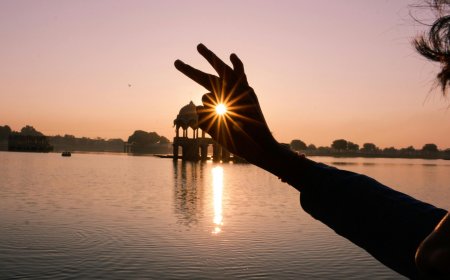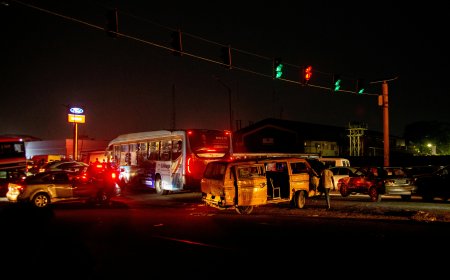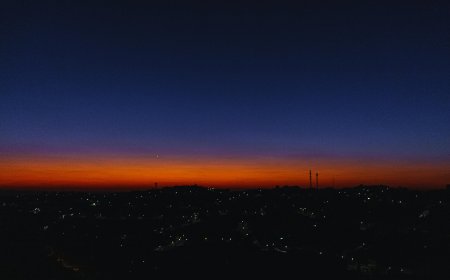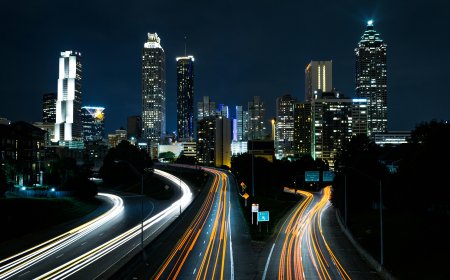Bangladesh Is Drowning: The Climate Disaster the World Can’t Ignore
Rising seas, deadly floods, and mass migration — Bangladesh is on the frontlines of climate collapse. Is the world ready to help?
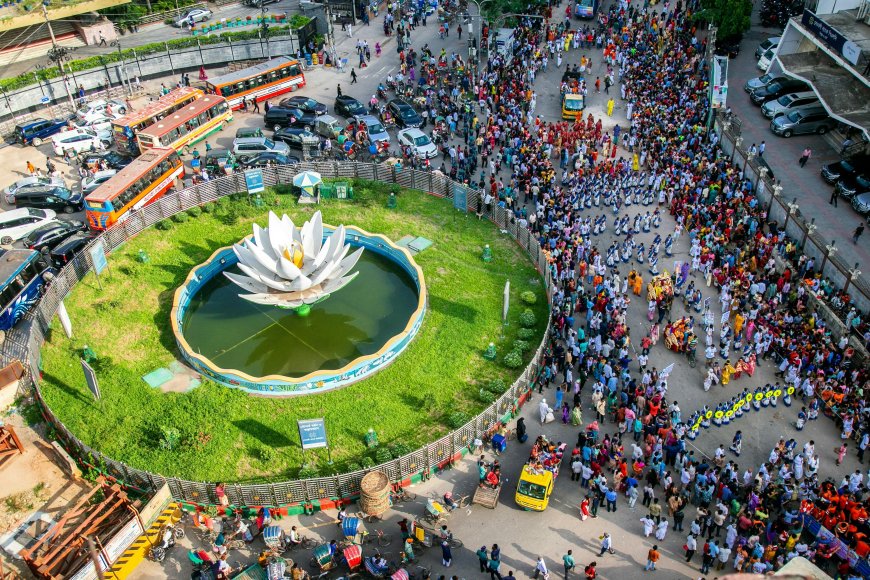
Introduction: A Nation on the Brink
In Bangladesh, climate change isn’t tomorrow’s problem — it’s today’s nightmare. Each year, families fight to survive as rivers swallow villages and cyclones tear apart the coast. For the 170 million people crammed into one of the world’s most vulnerable countries, the battle for survival is already underway.
Despite contributing almost nothing to global emissions, Bangladesh is paying one of the highest prices for a crisis created elsewhere. And unless the world acts, millions could be forced from their homes within decades.
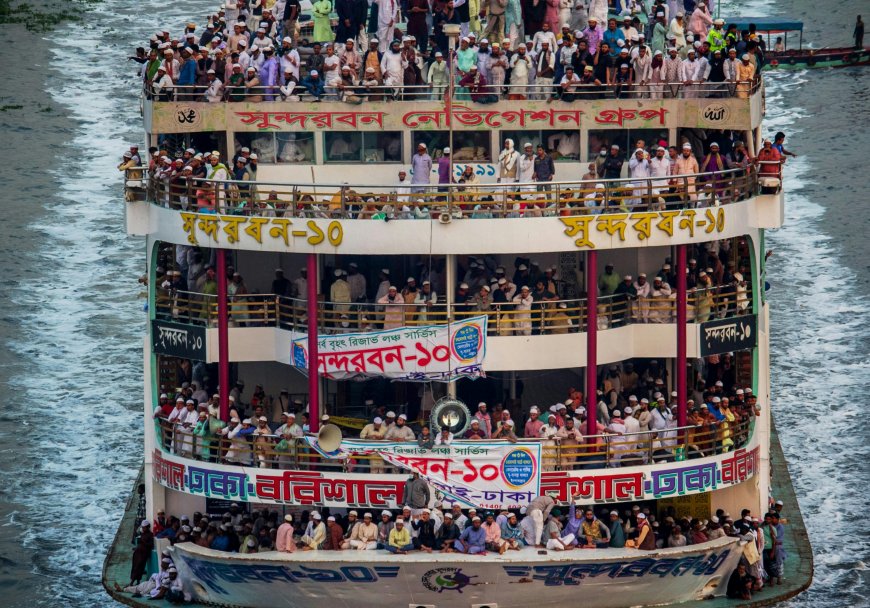
The Perfect Storm: Why Bangladesh Is Ground Zero for Climate Change
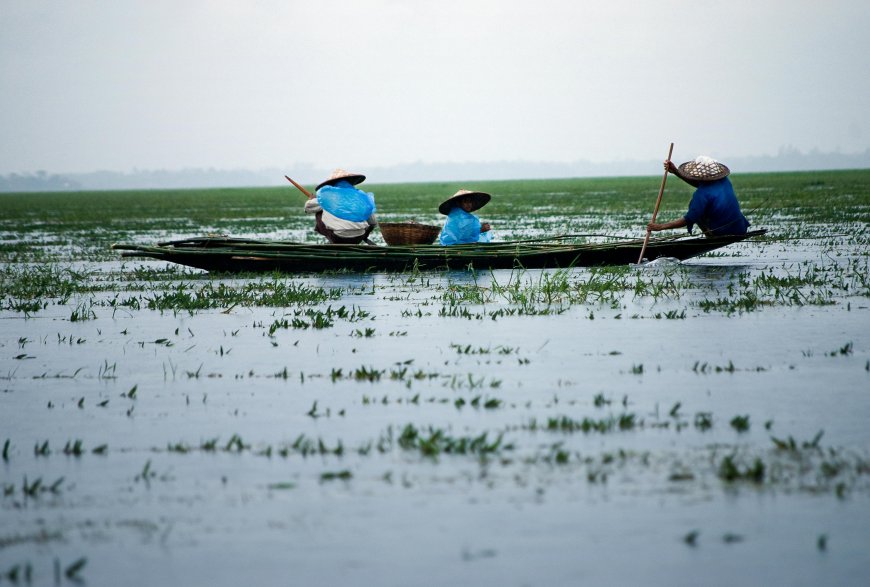
Bangladesh’s geography is both its strength and its curse. The country’s lush river deltas have fed generations — but they also make it one of the most climate-exposed places on Earth.
-
80% of the land is flood-prone.
-
17% could vanish underwater by 2050.
-
20 million people may be displaced.
When global warming collides with geography, disaster is inevitable.
Cyclones and Floods: Nature’s Wrath Grows Stronger
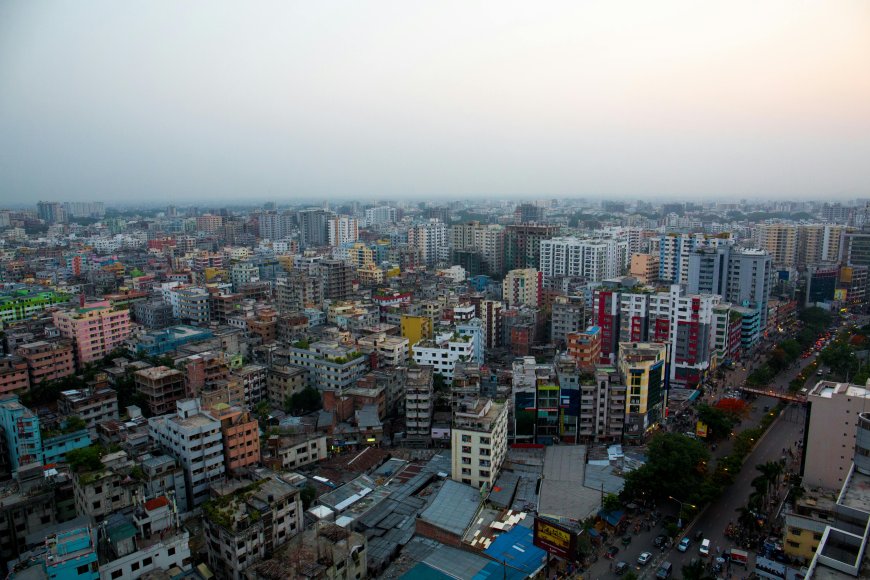
Bangladesh has faced some of the world’s deadliest storms. In 1991, a cyclone killed over 138,000 people. While early-warning systems now save lives, the economic and social scars are deep.
-
Cyclone Amphan (2020): $13 billion in damage.
-
Cyclone Sidr (2007): Thousands dead, millions homeless.
-
2022 Mega Floods: One-third of the country underwater.
Every storm leaves behind shattered homes, ruined farmland, and families forced into poverty overnight.
Climate Migration: Millions on the Move
Imagine losing your home not once, but forever. That’s the reality for families in Bangladesh’s coastal regions. As saltwater poisons farmland, farmers have no choice but to abandon their fields.
Dhaka, already one of the most overcrowded cities on Earth, absorbs hundreds of thousands of climate refugees every year. By 2050, Bangladesh could face the world’s largest internal displacement crisis.
This isn’t migration by choice — it’s survival.
Fighting Back: How Bangladesh Is Innovating to Survive
And yet, Bangladesh refuses to be seen only as a victim. Against the odds, it has become a global model for resilience:
-
🌪 12,000+ cyclone shelters protect millions.
-
🌱 Floating farms keep food growing even during floods.
-
☀️ The world’s largest solar home program powers 20M people.
-
💰 Micro-insurance schemes shield farmers from ruin.
When disaster strikes, Bangladeshis don’t wait for the world to save them — they adapt, innovate, and fight back.
The Rich World’s Broken Promises
Here’s the brutal truth: Bangladesh didn’t cause this crisis. Wealthy nations, responsible for the vast majority of historical emissions, did. Yet billions in promised climate finance remain tied up in red tape.
Without urgent international action, the resilience of Bangladesh won’t be enough. What’s happening on the Bay of Bengal’s shores today could hit Miami, London, or Sydney tomorrow.
A Story of Survival: Ayesha’s Flooded Classroom
In a small coastal village, 12-year-old Ayesha goes to school in a building on stilts. During floods, her classroom turns into a shelter for dozens of families.
Her father, once a rice farmer, now raises crabs in saltwater ponds because the fields have become too salty to grow crops. Their life has changed forever — but they keep going.
Bangladesh’s story isn’t just about loss. It’s about survival against impossible odds.
What Happens Next?
Experts say Bangladesh’s future hinges on three urgent factors:
-
Global emissions cuts to stop sea levels from rising unchecked.
-
Massive investment in climate-resilient infrastructure.
-
Real delivery of climate finance, not just empty promises.
If the world fails Bangladesh, it won’t just be a moral failure. It will be a preview of what’s coming everywhere.
Conclusion: Bangladesh Is the Warning Bell
Bangladesh is more than a country on the map. It’s the frontline of humanity’s greatest challenge. Its people are showing resilience the world can learn from — but they cannot fight this battle alone.
Ignore Bangladesh, and the floodwaters will come for us all.
FAQs
1. Why is Bangladesh called “ground zero” for climate change?
Because its low-lying geography makes it one of the most threatened nations by rising seas, floods, and cyclones.
2. How many people could Bangladesh lose to displacement?
Up to 20 million could be forced from their homes by 2050.
3. What solutions has Bangladesh created?
Floating farms, cyclone shelters, solar programs, and micro-insurance for farmers.
4. Is climate migration already happening?
Yes — Dhaka receives hundreds of thousands of climate migrants each year.
5. Why should rich countries care?
Because Bangladesh is a preview of what unchecked climate change will do to coastal cities worldwide.
What's Your Reaction?
 Like
0
Like
0
 Dislike
0
Dislike
0
 Love
0
Love
0
 Funny
0
Funny
0
 Angry
0
Angry
0
 Sad
0
Sad
0
 Wow
0
Wow
0




